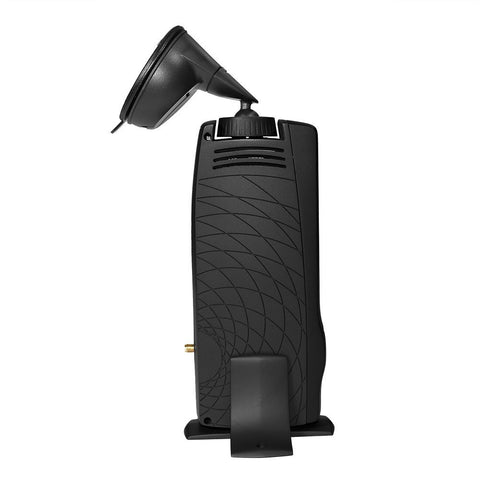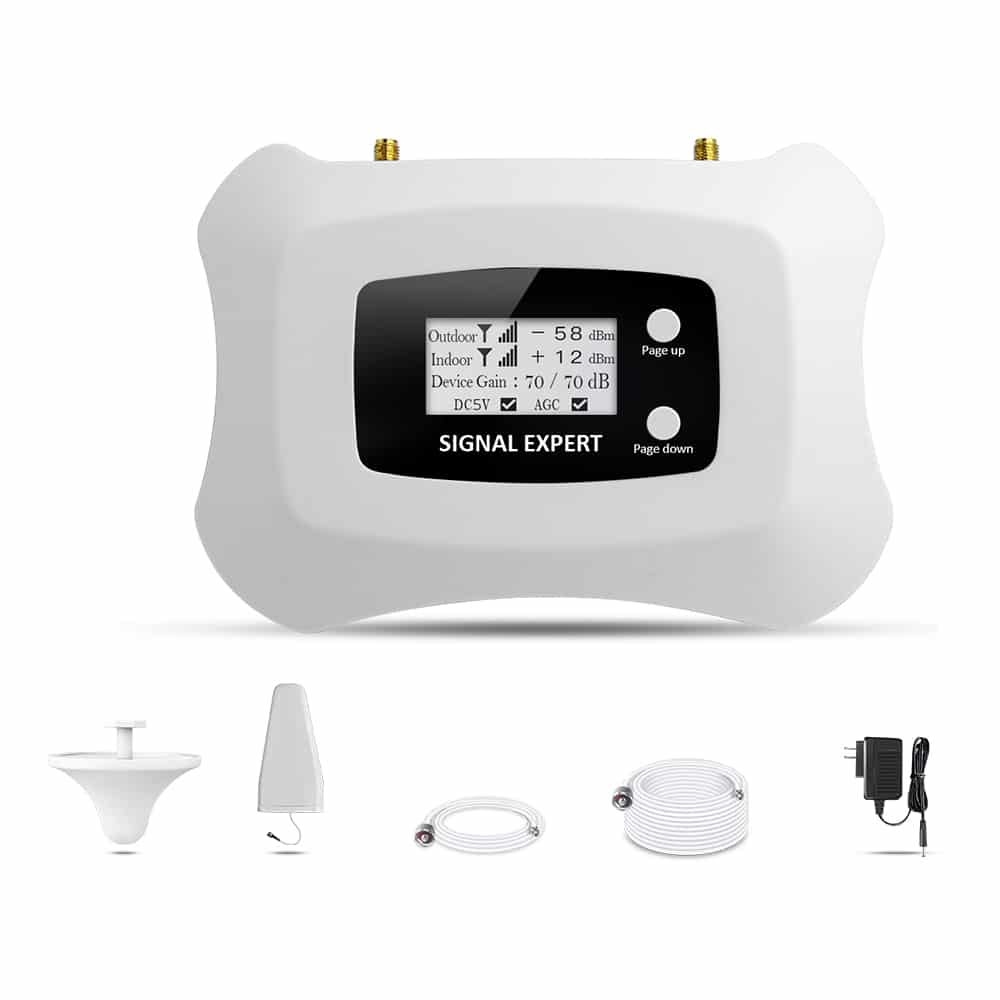

Plaster /Drywall: Although less of an issue than brick and concrete, plaster and drywall can still dampen your ability to make calls and texts.Brick/Concrete: The thickness and durability of brick and concrete are capable of weakening - if not outright blocking - your service.Low-E- Glass: Although a great choice for making a building energy efficient and eco-friendly, it’s also a major reason why you might deal with signal issues indoors.The most common metals used in building - in no particular order - are brass, copper, aluminum, steel, iron, tin, etc. Metal: Most types of metal will be problematic to your signal.The following are the 7 most common materials that can compromise your cellular access’ quality: The top reason why your calls are dropping is building materials and the layout of the building you’re in, though. Distance between you and a cell tower will always be a factor in call, text, and internet quality, but outside obstructions like trees, tall buildings, mountains, and others can also lead to issues. Pretty much any network, Verizon included, can take a dip in quality because of the materials making up your home or commercial building. In fact, over 72% of instances of smartphone use indoors contends with some form of dropped calls, issues with voice quality, and/or slowed down internet.

Indoor cell phone use accounts for the highest rate of dropped calls, given that 80% of all calls are made indoors. Why It’s Not 100% Verizon’s Fault, It’s Also Your Building Material Not to mention, it features XDR technology, which allows the booster to automatically adapt to any changes in outside signal to prevent it from being It’s able to communicate with far distanced towers to provide you with the best possible signal in large residentialīuildings and commercial buildings no larger than 35,000 sq ft. Powerful signal booster designed to improve T-Mobile, AT&T, and Verizon signals simultaneously.

Verizon consistently ranks among the best networks in the nation.


 0 kommentar(er)
0 kommentar(er)
